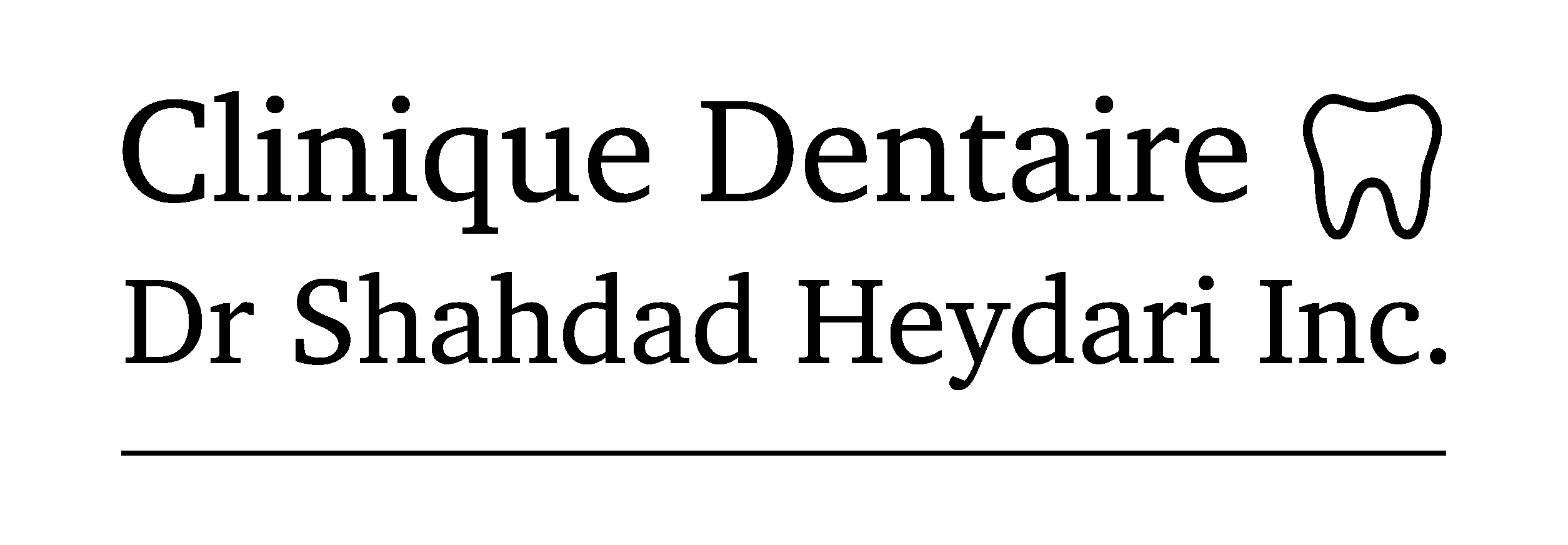Whitening treatment

What influences tooth color?
First of all, it is important to understand dental anatomy. Indeed, the tooth has several layers (enamel, dentin and vital part). The outer part of the tooth is made up of two layers, first the dentin, and then as an outer layer, the enamel. Each of these layers has its own natural color. Generally speaking, the color of the teeth gradually darkens over the years. The normal wear of the enamel, which is generally lighter or transparent, reveals the dentin, which is more yellowish. In addition, dentin tends to become darker over time. The change in tooth color usually affects all teeth, but may affect only one tooth under specific conditions.
The phenomenon of discoloration
The phenomenon of tooth discoloration can be aggravated by different factors. The most frequently observed causes are: repeated consumption of pigmented beverages (coffee, tea, red wine or brown sodas), smoking, poor dental hygiene, taking certain medications (especially tetracycline in young children or in pregnant women for their infants).
Solutions to reduce the appearance of stains on the teeth
The solutions to reduce the appearance of these stains are generally: reducing the consumption of pigmented foods, stopping smoking, using appropriate hygiene products and healthy dental hygiene habits.
When the causes of the spots are well controlled
When the causes of the stains are well controlled, the patient may decide for aesthetic reasons to lighten the stains. It will then be possible to consult the dentist in order to choose the best solution to restore whiteness to the teeth. The options are: chairside whitening treatment in the dental office or at home.
Before starting tooth whitening
It is important to know that whitening treatments are not recommended in the presence of cavities or active gum disease. It is also important to be vigilant in the presence of wear and tear (attrition, abfraction, abrasion, dental erosion or loosening of the teeth). The dentist is the only person who can diagnose the presence of such conditions in your mouth and measure the impact of these conditions on the success of tooth whitening.

At-home whitening
This in-office treatment is the most popular way to restore whiteness to your smile. The whitening agent is applied to the teeth using trays that are perfectly adapted to your teeth and that you must wear day or night. This technique is simple, comfortable and very effective. Once the treatment is completed, it is possible to touch up your teeth with the same trays in the coming months or years. It is important to consult your dentist to evaluate if your dental condition allows this type of treatment.
Important notes:
- It is important to know that any whitening treatment must be done under professional supervision.
- Color change is unpredictable and varies from person to person. Bleaching treatments are chemical processes based on hydrogen peroxide or carbamine peroxide in different concentrations. These chemical compounds penetrate the enamel and dentin of the teeth to remove stains without altering the surface.
- Whitening treatments are not permanent, as most stains are caused by diet and normal aging of the teeth. Therefore, touch-ups will be required approximately every 12 to 24 months to maintain whiteness (usually one or two applications are sufficient and syringes are sold individually for this purpose).
- Some people may experience transient discomfort (dentinal hypersensitivity) as a result of this treatment.
For more information, it is best to consult your dentist.
